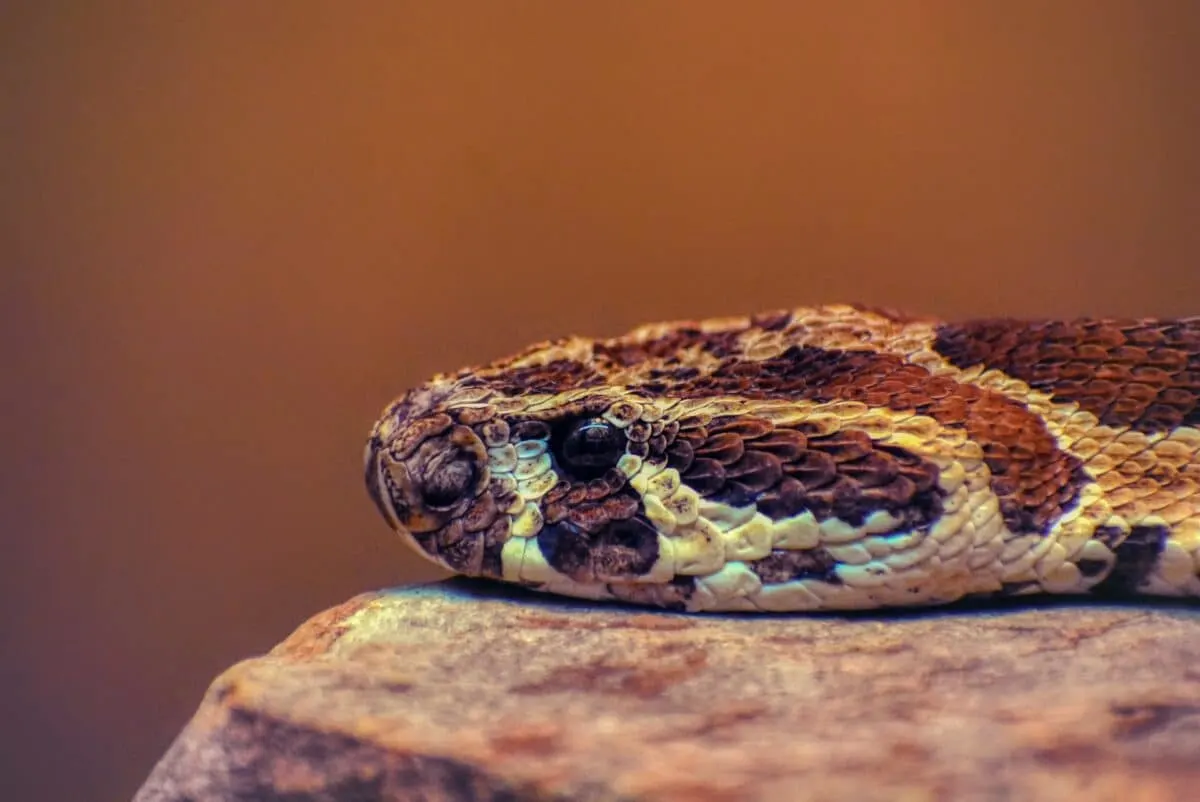Texas is renowned for its diverse wildlife, including a variety of snake species. Among these, a notable few are dangerous due to their potent venom. Understanding these creatures is essential for safety and appreciation of their role in the ecosystem. This article delves into the details of the five deadliest snakes found in Texas, focusing on their identification, habitats, behavior, and precautionary measures.
The Western Diamondback Rattlesnake

The Western Diamondback Rattlesnake (Crotalus atrox) is perhaps the most well-known venomous snake in Texas. Recognizable by the distinctive diamond-shaped patterns on its back, this snake is widespread across the state. The Western Diamondback is responsible for the majority of snakebite incidents in the region.
Habitat and Distribution of the Western Diamondback

This rattlesnake thrives in a variety of environments, from deserts to grasslands and shrublands. It is particularly prevalent in the Trans-Pecos region, the brush country of South Texas, and parts of the Edwards Plateau. The Western Diamondback is an adaptable species, often found near human developments.
Timber Rattlesnake The Forest Dweller

The Timber Rattlesnake (Crotalus horridus) prefers more wooded environments compared to its desert-loving counterparts. This snake is recognizable by its dark crossbands against a lighter background, often with a rust-colored stripe running down its back.
Habitat of the Timber Rattlesnake

Generally found in the eastern parts of Texas, the Timber Rattlesnake’s habitat includes deciduous forests, frequently near streams and rivers. This snake is known for being less aggressive but can be a threat due to its powerful venom if threatened.
The Mojave Rattlesnake’s Powerful Venom
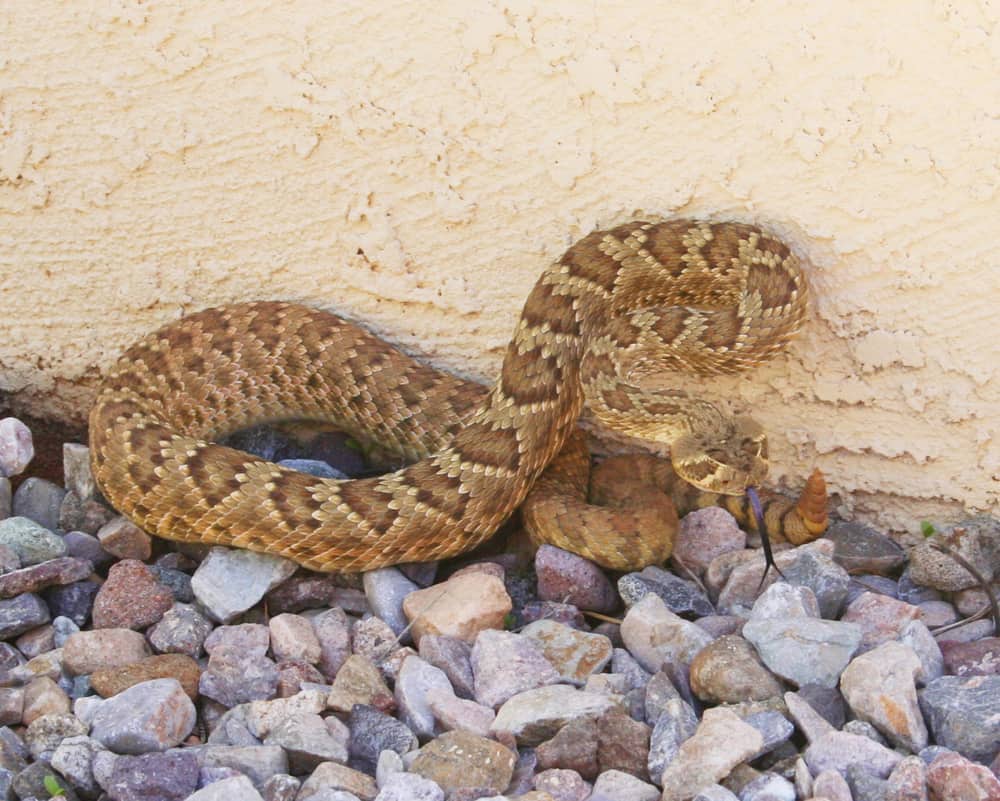
While less widespread, the Mojave Rattlesnake (Crotalus scutulatus) is noted for its extremely potent venom, which can be more dangerous than other rattlesnakes. Identifying features include light to dark brown coloration with diamond-like shapes along its back.
Range and Behavior of the Mojave Rattlesnake
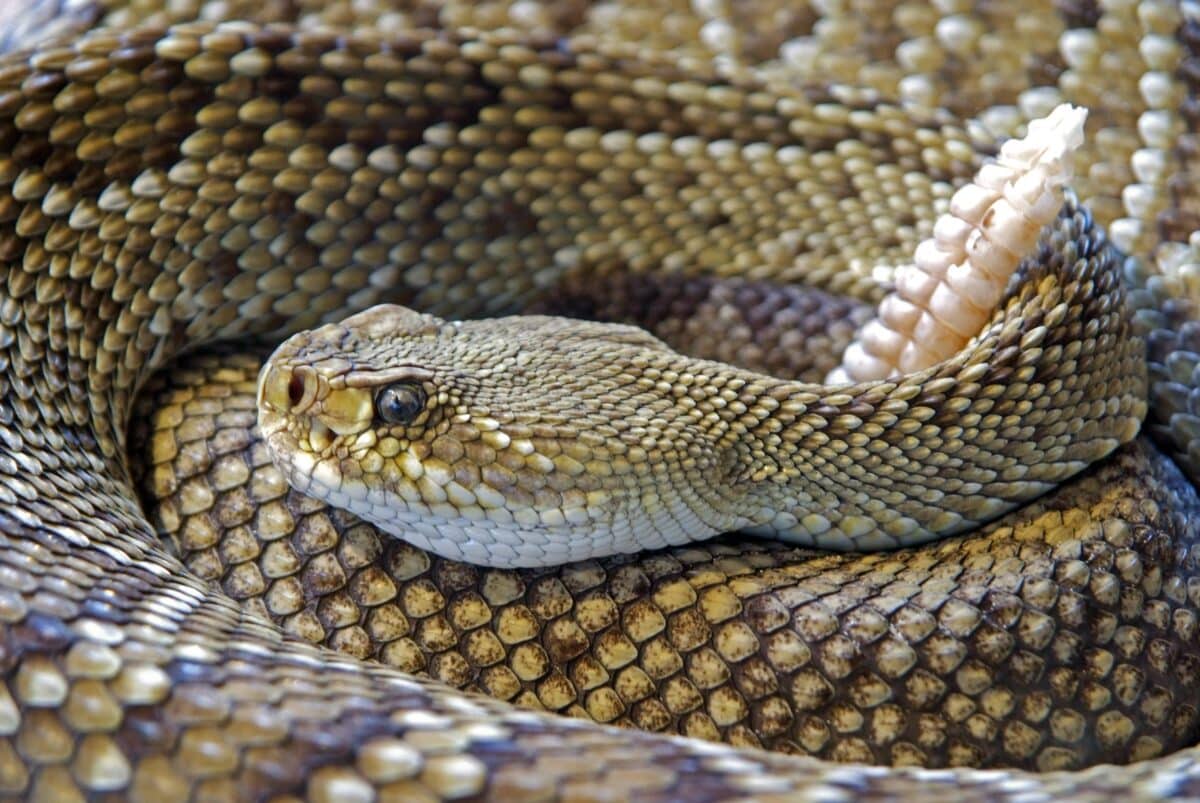
In Texas, the Mojave is primarily found in the western parts of the state, often in desert regions. This rattlesnake is known for its alertness and potential aggressiveness when provoked. It’s crucial to remain cautious and give these reptiles space when encountering them in their natural habitat.
The Copperhead A Master of Camouflage
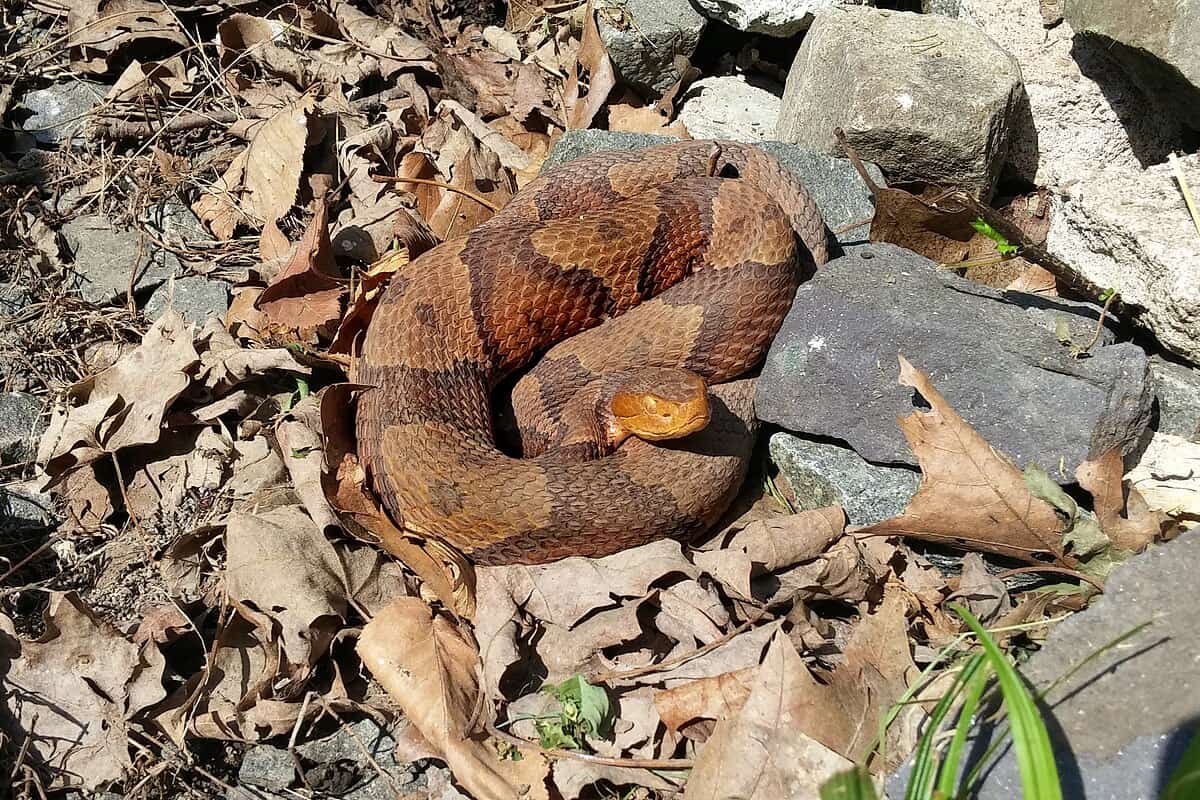
Copperheads (Agkistrodon contortrix) are one of the more commonly seen venomous snakes in Texas. Their coppery coloration allows them to blend seamlessly with the forest floor, making them a silent danger to the unwary.
Natural Settings for the Copperhead
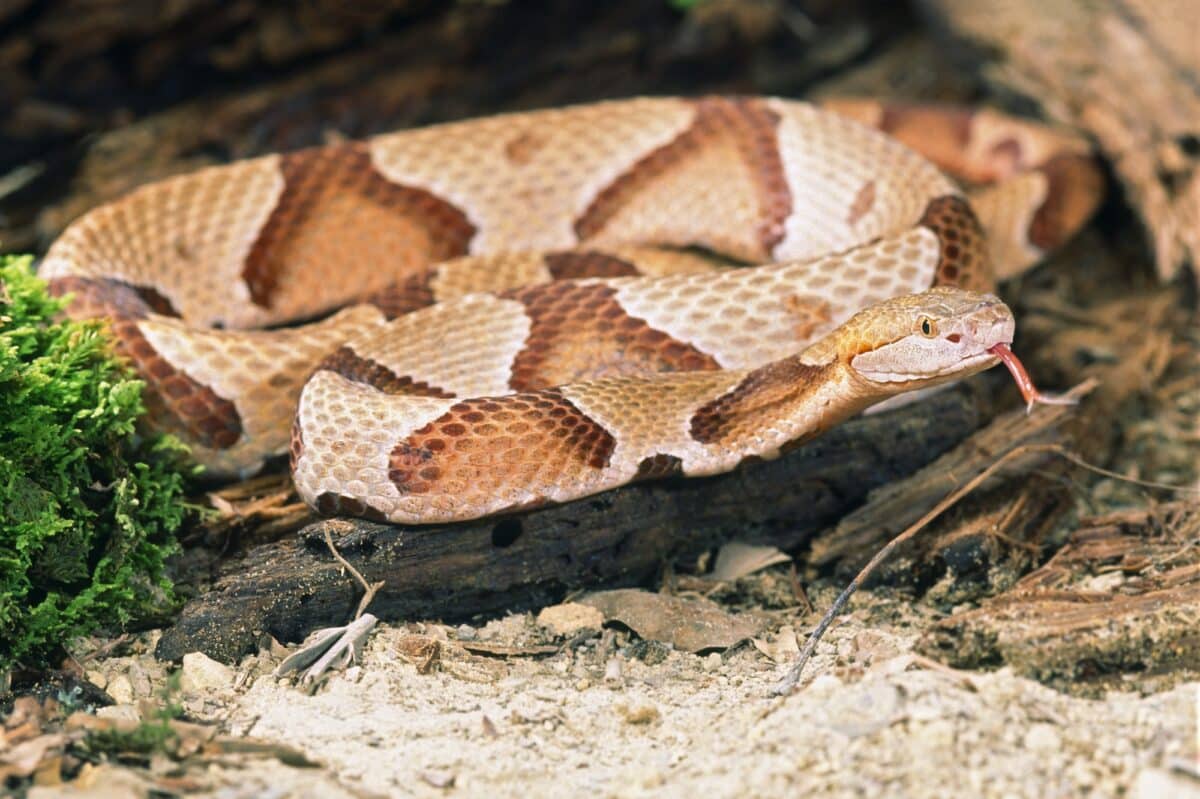
Copperheads inhabit a wide range of environments, from forests and swamps to rocky outcrops and suburban areas. While bites are relatively common due to their frequent habitation in populated areas, their bites are rarely lethal and primarily used for defensive purposes.
The Elusive Texas Coral Snake
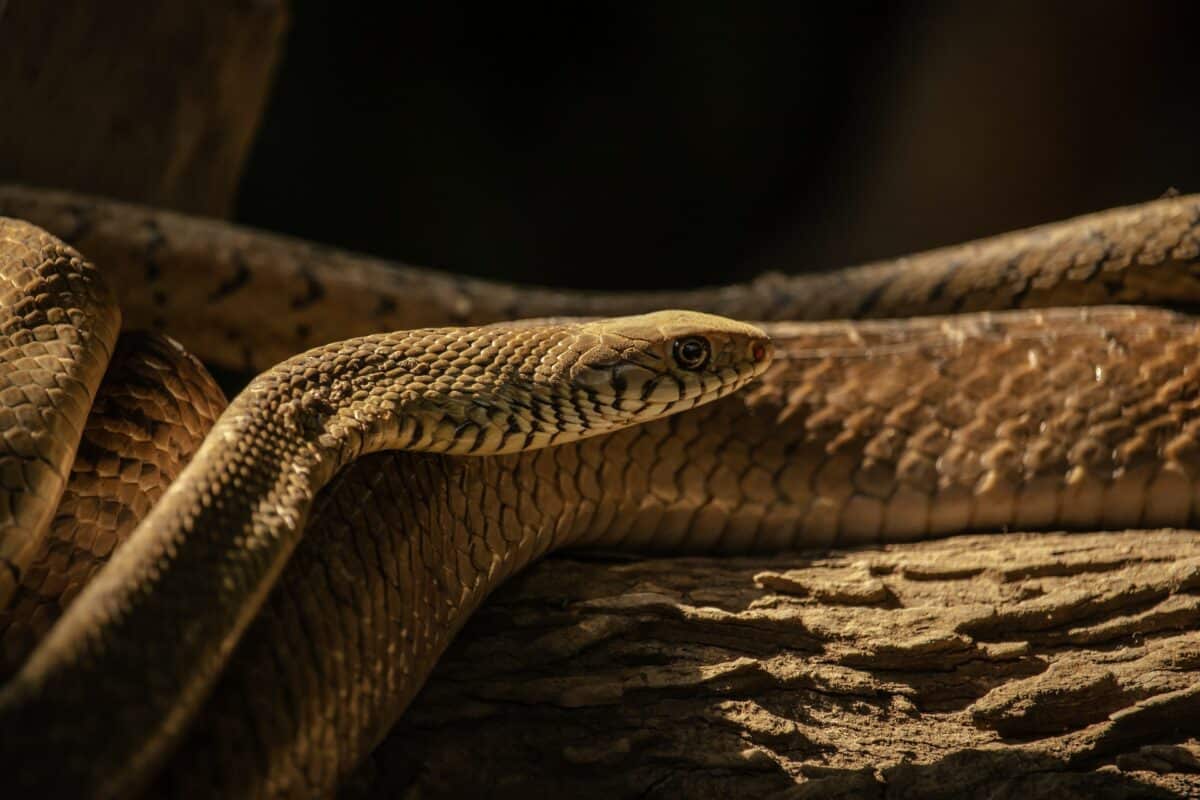
The Texas Coral Snake (Micrurus tener) boasts a striking coloration of red, yellow, and black bands. Although not prone to aggression, its venom is neurotoxic and requires immediate medical attention upon envenomation.
Habitats and Distribution of the Texas Coral Snake
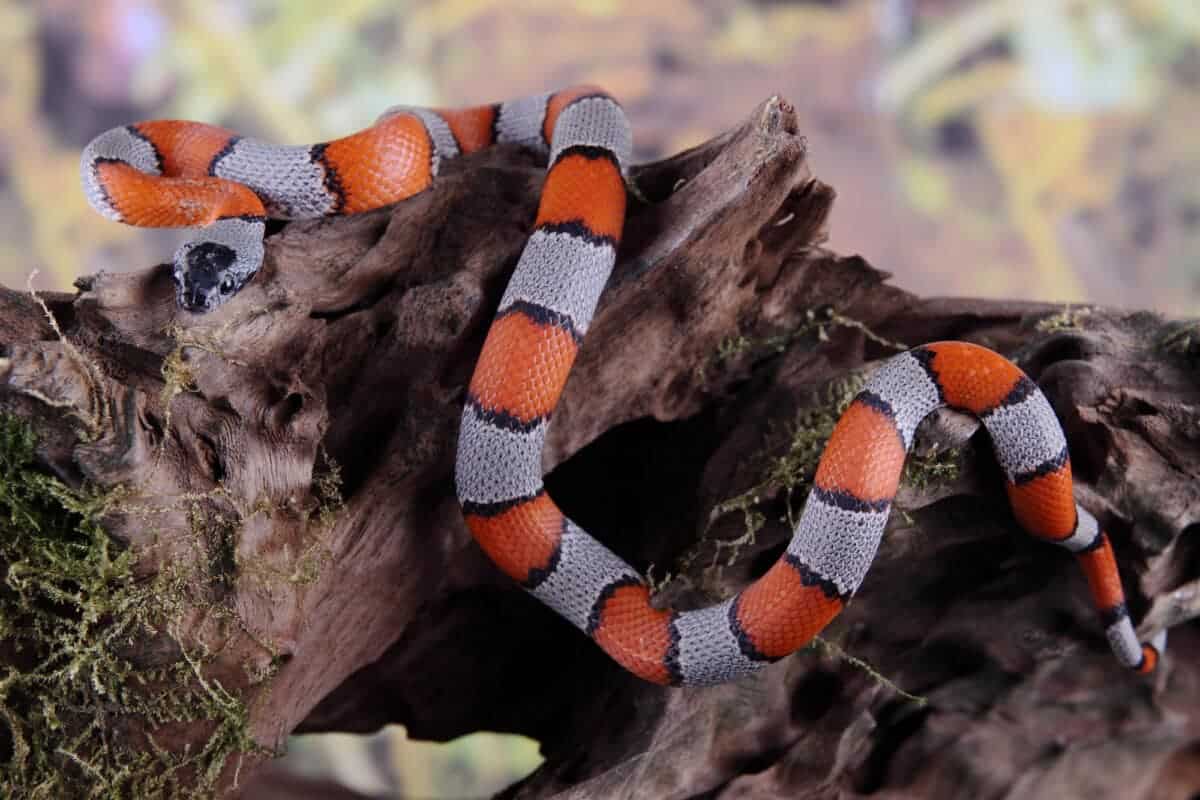
This snake is typically found in the southeastern part of Texas, inhabiting woodlands, marshes, and grasslands. Detection is less frequent due to its reclusive nature, often hiding under logs or leaf litter during the day.
Safety Tips for Encounters with Venomous Snakes
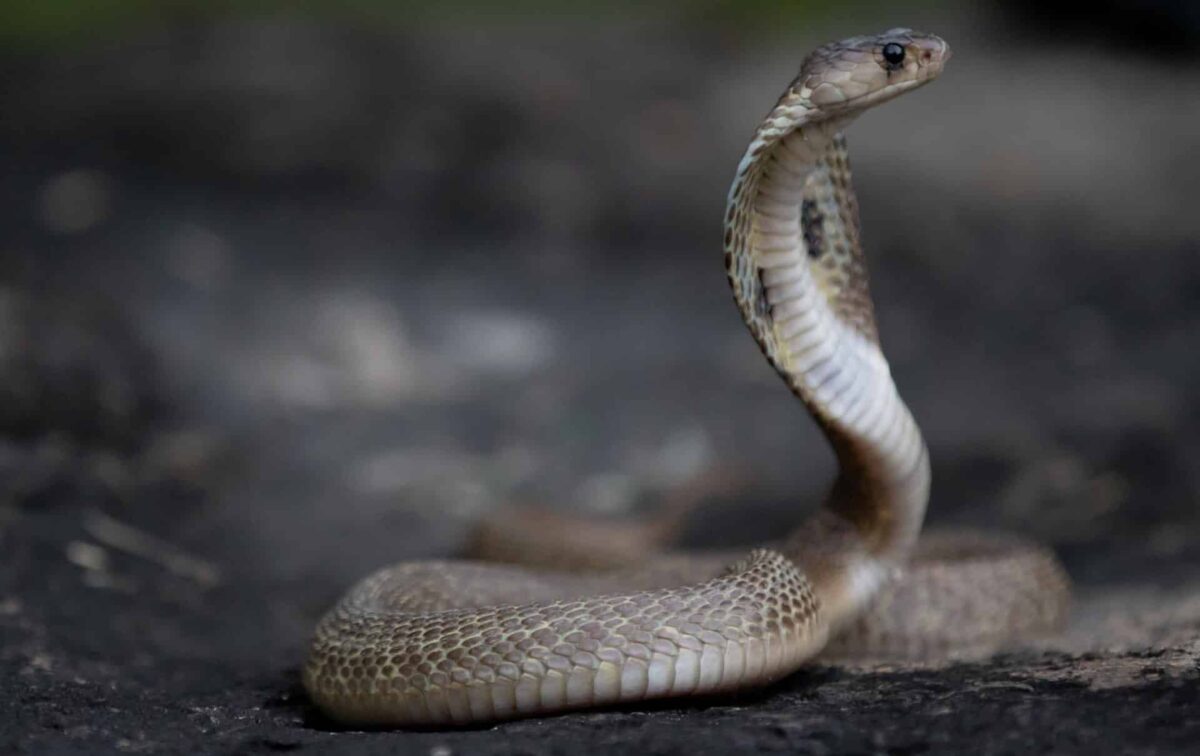
Being informed about snake safety is crucial, especially in areas where these reptiles are prevalent. Tips include wearing boots when hiking, avoiding tall grass and wooded areas without a clear path, and learning to recognize these snakes to avoid potential contact. If bitten, it’s essential to remain calm, immobilize the affected limb, and seek medical assistance immediately.
Conclusion

While Texas is home to some of the deadliest snakes in the United States, respecting these creatures and their habitats can greatly minimize the risks they pose. Knowledge and awareness are the best tools for coexisting with these remarkable reptiles, ensuring both human safety and snake conservation in Texas’s diverse ecosystems.
- 13 Most Aggressive Mammals in the Wild - August 24, 2025
- 10 Behaviors That Keep Eagles Healthy And 3 That Shorten Lifespan - August 24, 2025
- 13 Wildest Animal Migration Journeys - August 24, 2025

